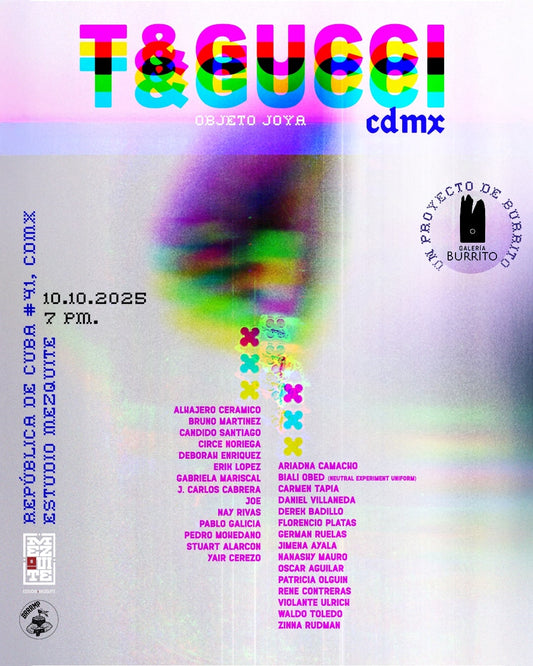Es en la selva maya, cultivada por los antiguos pobladores de Abya Yala que habita el cacao.
|
|
“La palabra maya primitiva, que se refería al alimento moneda era “KAKAU”, Que los nahuatlacos tomaron para sí agregándole su característica terminación “tl” Y así dijeron “Cacahuatl”. Un elemento de tal importancia no podría ser restringido y pasó a tomar posesión de la América del Sur, donde encontramos que: En lengua “Tupi” de las guayanas se dice “cacao”; Los omaguas de Venezuela y Colombia lo llaman “Acao” y los indios del Peru le dicen, “Coáca” si son los Camamaris y “Cacahua” si son los Quechoa.”[1]
[1] Azcué y Mancera, Luis. Monografía, el chocolate. Fabrica de chocolate La Azteca. |
En los tiempos antiguos no existÍa el concepto de moneda, asi que para obtener las cosas necesarias para sustentar la vida cotidiana se hacia un intercambio o trueque. En Abya Yala, la semilla y el fruto del cacao, hacÍan las veces de la moneda de cambio.
Cacahoaquahuitl era el árbol, Cacahoacentli era el fruto, cacahoatl la semilla.
Desde la época prehispánica se preparaban diversas bebidas que hasta la fecha podemos disfrutar en México.
|
La alimentacion de los antiguos mexicanos. La historia Natural de la nueva españa. de Francisco Hernandez. Universidad Autonoma de México |
Tejate, lo encontramos en Oaxaca, es una mezcla de cacao molido, semilla de Mamey, flor de cacao, panela y agua. Su particularidad es una espuma muy aceitosa con una textura suave que flota sobre la superficie debido a la densidad de las grasas. Esta bebida se sirve en Jicaras comunmente esgrafiadas, o pintadas a mano. Es refrescante, dulce y delicioso. Chilate, al igual que el Tejate, se prepara en la Costa Chica de Guerrero. Su base es el cacao, canela, arroz y piloncillo. Se suele servir fría y espumosa en jícara de guiro. Taxcalate es originario del estado de Chiapas y está elaborada a base de maíz molido, achiote, azúcar y cacao. Se acostumbra a servirse frío y es consumido sobre todo en verano debido a que es considerada una bebida refrescante. Pozol es de Villahermosa Tabasco, lleva Maiz fermentado molido y cacao. tambioén se sirve frio y es un gran alimento y bebida refrescante. Champurrado es un atole que se prepara con maiz molido, cacao y agua, éste se sirve caliente y es una bebida espesa y dulce, ideal para la temporada de frio. |
La Fábrica de Chocolates La Azteca S.A. de C.V. fue una empresa alimenticia mexicana, productora de golosinas y en especial de chocolates, que elaboró las populares marcas de chocolates Carlos V y el chocolate Abuelita.
Fue fundada en 1919 por los hermanos Francisco y Raymundo González junto con Salvador Valencia originarios de Cotija de la Paz, en Orizaba, Veracruz, y en 1930 se trasladó a la Ciudad de México.
En 1970 pasó a formar parte del grupo Quaker Oats Company y en 1995 la empresa fue adquirida por Nestlé, con una cantidad de $160 millones de dólares de por medio.
 |
Uno de los proyectos favoritos para beber y comer un buen chocolate es "LA RIFA CHOCOLATERIA" ubicada en el corazon de la colonia Juarez. Ademas puedes encontrar delicioso café, miel, cerveza y kombucha. Es una visita IMPERDIBLE si estas en la ciudad de México. |
Cacao: An Ancestral Treasure of the Maya Jungle
It is in the Maya jungle, cultivated by the ancient inhabitants of Abya Yala, where cacao thrives, a treasure that has been valued since time immemorial. Its history is deeply intertwined with Mesoamerican cultures, and its use has transcended to our present day.
Kakau: The Origin of the Word
The ancient Maya word for this highly valued food was "KAKAU." The Nahuatl-speaking people adopted this word and added their characteristic ending "tl," turning it into "Cacahuatl." The importance of cacao was so great that it was not limited to the Maya regions but spread throughout South America. In the Tupi language of the Guianas, it is called "cacao"; the Omaguas of Venezuela and Colombia know it as "Acao"; and the indigenous people of Peru call it "Coáca" among the Camamaris and "Cacahua" among the Quechua, depending on the region.
Cacao as Currency
In ancient times, there was no concept of money as we know it today. To obtain the goods needed for daily life, people resorted to barter or trade. In Abya Yala, cacao seeds and fruit served as a medium of exchange, demonstrating its great value in pre-Hispanic societies.
The terms related to cacao were also specific: "Cacahoaquahuitl" was the tree, "Cacahoacentli" was the fruit, and "Cacahoatl" was the seed. These words reflect the importance and reverence that Mesoamerican cultures had for cacao.
Ancestral Cacao-Based Beverages
Since pre-Hispanic times, cacao has been the base for preparing various beverages, some of which we can still enjoy in Mexico today. These drinks not only offer a glimpse into the past but also serve as a testament to the rich cultural heritage of indigenous communities.
Tejate is a traditional drink from Oaxaca, made with ground cacao, mamey seed, cacao flower, panela, and water. Its most notable feature is an oily foam that floats on the surface, a result of the cacao fats. Tejate is served in jícaras, often engraved or hand-painted, and is refreshing, sweet, and delicious.
Chilate, popular in the Costa Chica region of Guerrero, is made with cacao, cinnamon, rice, and piloncillo. This drink is served cold and frothy, also in a gourd jícara, and is ideal for cooling off on a hot day.
Taxcalate, originating from Chiapas, is made with ground corn, annatto, sugar, and cacao. It is usually served cold and is especially popular in summer, appreciated for its refreshing qualities.
Pozol, a drink from Villahermosa, Tabasco, is made with fermented ground corn and cacao. Like the other beverages, it is served cold, making it an excellent choice for those looking for a refreshing and nutritious drink.
Champurrado is a type of atole made with ground corn, cacao, and water. Unlike the other drinks mentioned, it is served hot. It is thick and sweet, perfect for enjoying on cold mornings or evenings, offering warm and comforting sweetness.
These beverages reflect the cultural diversity and richness of Mexico's regions, keeping alive the ancestral traditions and legacy of cacao. Each one, with its unique ingredients and preparation methods, tells a story of connection to the land and the heritage of indigenous peoples.
Investigación y redacción:
Gabriela Garcia Mariscal.





